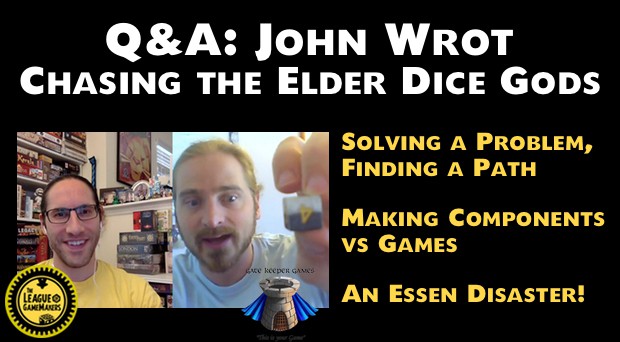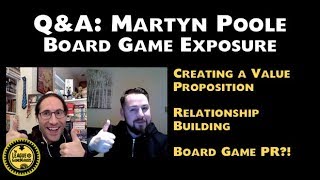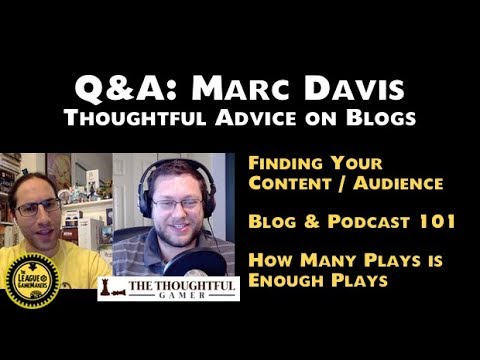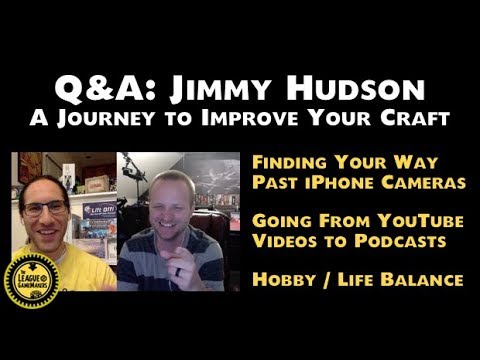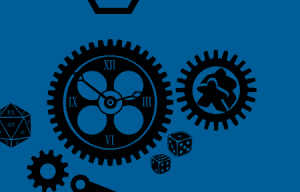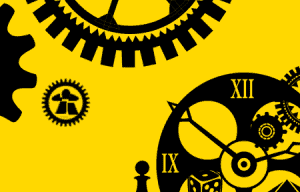
You have a game, it’s an awesome game, but unless it’s Apples to Apples or Cards Against Humanity, you’re gonna need some art. Especially if you are going to do a Kickstarter campaign, you need to show the funders WHY they want to be a part of your business model. So let’s go over some basics, in getting art for your game and how it should relate to your Kickstarter campaign.
1. GOOD ART. GOOD ARTIST.
USE A PROFESSIONAL.
What that means is someone who understands what a deadline is. Someone who knows that their reputation is built upon completing projects to their customer’s sastifaction. You might have friends who are artists, they might be good artists, but don’t get caught up in the “friend or freelancer” drama that can occur. They need to be artists FIRST and foremost and keep the work on a professional basis. Excuses are like the end of your colon tube, everybody has one… and artists who miss deadlines because of excuses are useless to you. When you scout for artists, ask for a history of past projects they have done for other people… samples of this work is nice, too.
2. SELECTING THE ARTIST.
WHERE DO YOU FIND THE WILD ARTIST?
There are many sites artists show off their work, my fave is deviantart.com. I show my stuff there and as a community, you have a wide variety of artistic levels from absolute beginners to Marvel/DC/Dark Horse/Image/etc professionals. You can see samples and contact them personally about their availability and rates. What is also nice is that you are not restricted to local artists but have access to a worldwide network of them. Also, if you like their work, you can trust them to do something good for you. Don’t over direct them and they will bring to the project their talented viewpoint.
Example: I met a professional artist at a con recently whom I admire greatly. He was open to doing an alternate cover for my comic book. All I asked him was to do a cover with a certain character seated with two other characters lounging at his feet. That’s it. I gave him reference of the characters (a copy of my past issues for concept/feel of the book.) and told him to do whatever he wanted. I know that if you let the artist tell HIS story with your concept, you will get a much better piece of art. If you are too specific (Example: I want the character sitting on a throne in the middle of a swamp with 2 alligator type man behind him wielding 2 headed war axes made of bronze and quartz…blah blah blah) they won’t have any fun with it. And that IS important to an artist. They know what they know and like to show it off. Let them.
3. PAYING THE ARTIST.
YES. PAYING THE ARTIST.
Quite a concept. Many people like to pull the “You’re going to get exposure!” or “I’ll pay you on spec!” schemes. Forget it. With the advent of the internet, artists have as much exposure as they want to have, based upon their efforts. And as for paying on speculation-“If I make any money, you will get some, too.” is ridiculous. You wouldn’t do it, don’t make yourself look like a colon tube end by considering as a realistic offer.
When to pay is very important, and all artists, like everyone else, need incentive. If you pay all up front, chances are you MIGHT get the work done in time, but more often than not, you might get it late or not at all! A good rule of thumb is to do it in stages. My personal schedule is (If I don’t know the artist personally/their habits) tertiary:
- Upon them signing a contract with me (YES, A CONTRACT IS IMPERITIVE with any artist.) I pay 1/4 of the total price agreed upon.
- Upon finished pencils/inks, another 1/4.
- Upon finished art sent to me, the final 1/2.
- You might even considering a 10% bonus if the work is done a couple of weeks before your deadline.
Whatever works for you.
If you are going to Kickstart and you haven’t had all of the art done, pay for a couple of key pieces beforehand so you can show the funders how great your game is going to look. But if you can, get all of the art done ahead of time, it cuts down on the fear factor of deadlines not being met. Freaked out artists don’t usually draw better under pressure.
The smoother your project goes, the more inclined the artist will work with you again… they even know other artists and will recommend you to them. I know I do. Or better still, they won’t because they want you all to themselves. I like it when they fight over me.
Go get some coffee…


